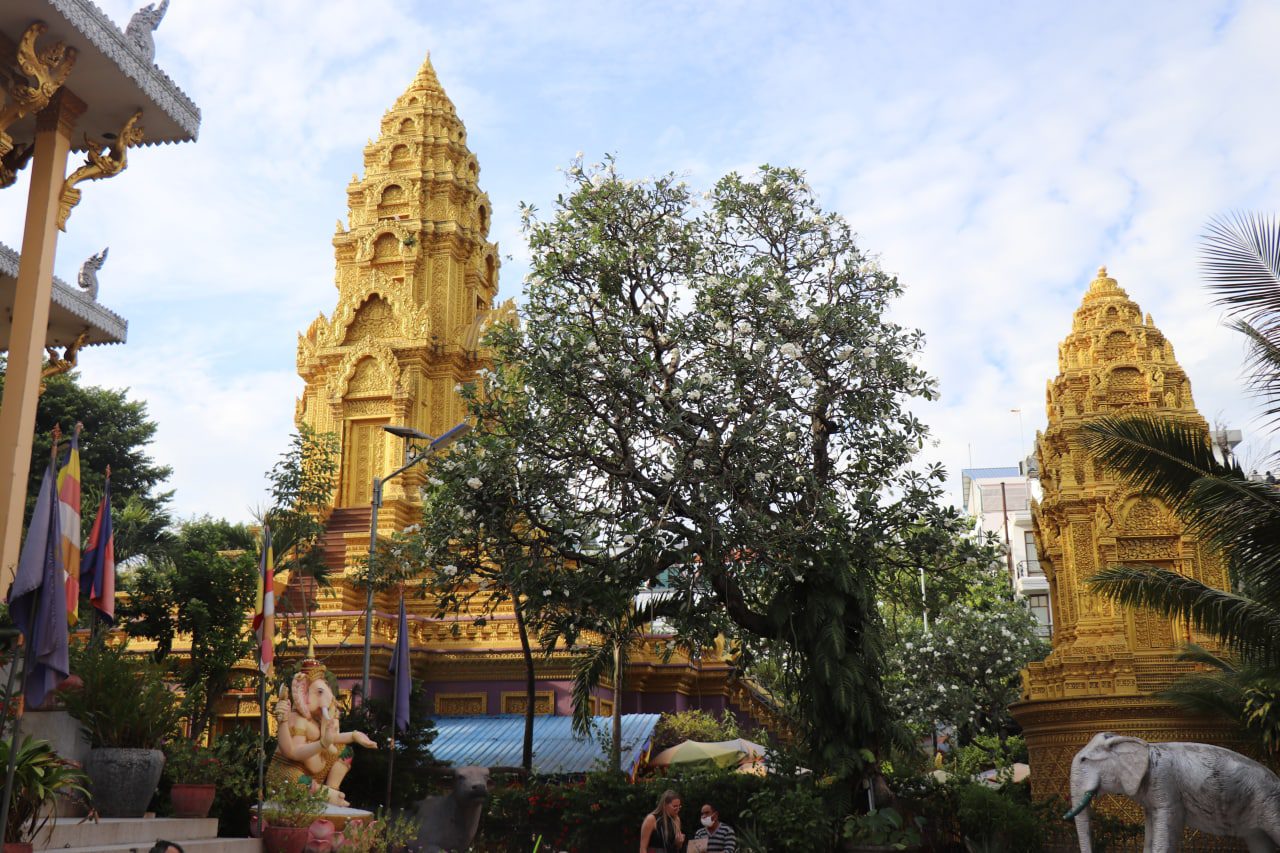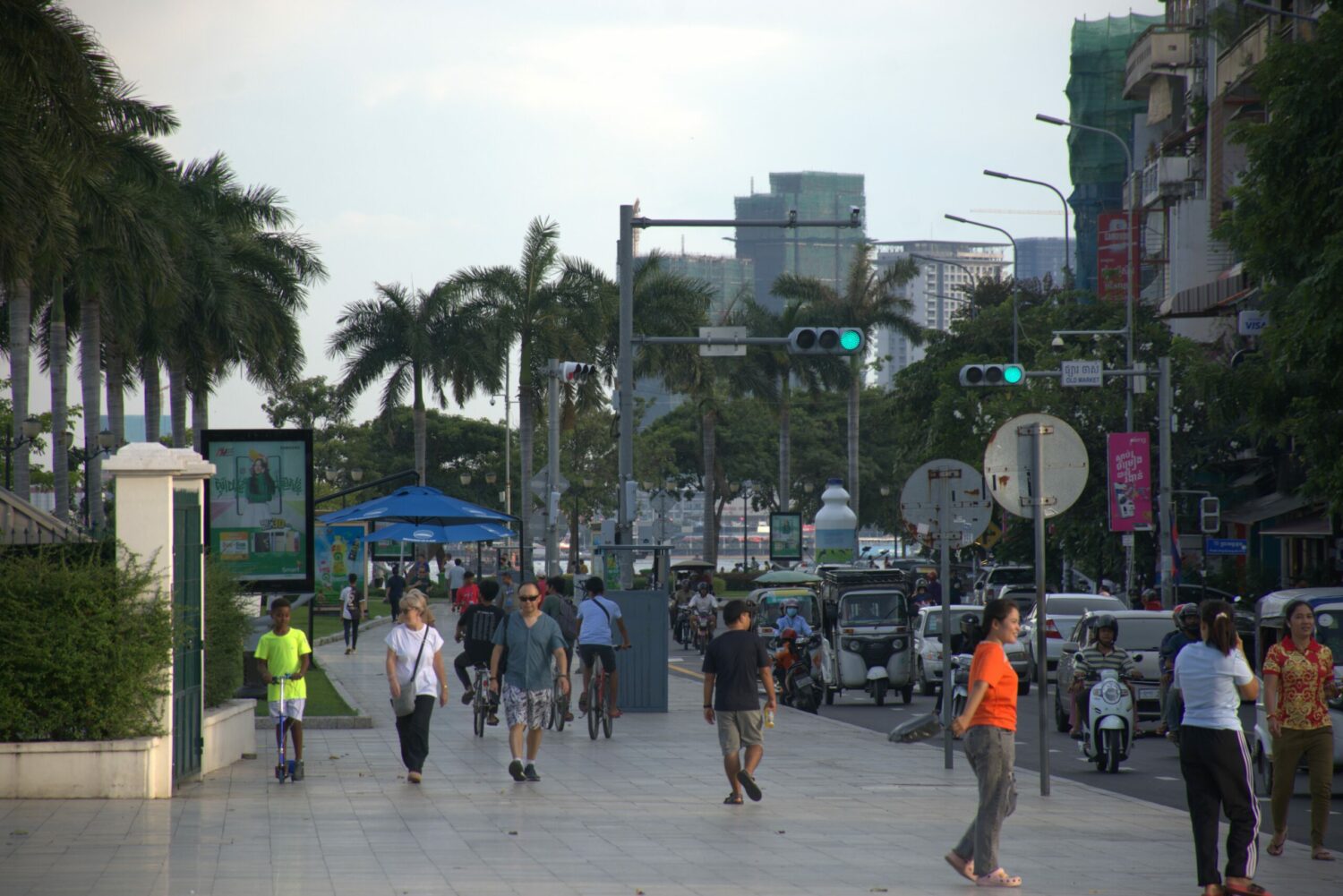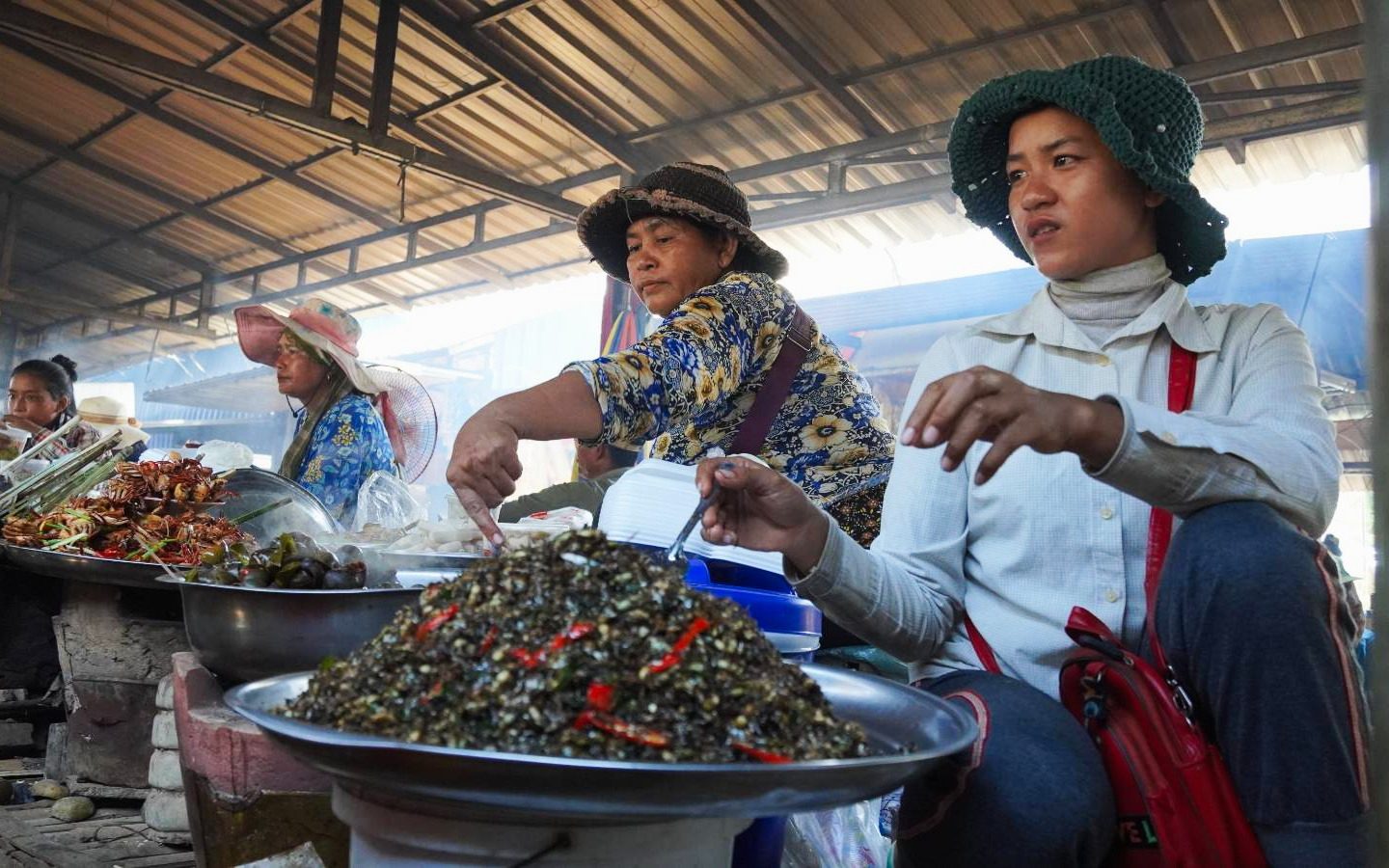 Iem Bunhy is a young research fellow at Future Forum, a Phnom Penh-based, public policy think tank. Currently, he is conducting a research project on national security challenges for Cambodia.
Iem Bunhy is a young research fellow at Future Forum, a Phnom Penh-based, public policy think tank. Currently, he is conducting a research project on national security challenges for Cambodia.
Cambodia is considered to be one of the most vulnerable countries to climate change in the world.
The nation’s vulnerability is a result of an economic dependency on climate-sensitive sectors such as agriculture, fisheries and construction. Floods, drought and extreme heat all facilitate a precarious future for Cambodia’s key sectors.
These risks are exacerbated by the prevalent rural-urban divide. According to a 2018 World Bank report, about 77 percent of Cambodians live in rural areas, with almost a third of the labor force directly employed in the agricultural sector. Despite consistent economic growth and development, this large proportion of the population is at great risk to climate change.
The government has developed strategic plans to tackle the climate change problem, but current efforts reflect a routine approach that reiterate existing policy priorities rather than make substantial adjustments to prepare for and adapt to climate change impacts.
Given the precarious nature of Cambodia’s climate future, strategic planning requires responsive policies to address the needs and concerns of the people who are most vulnerable to negative climate impacts and may not be served by current policy directions.
The nation’s climate risks are real and ongoing.
In 2018, Cambodia experienced a wide-scale flood that affected more than 100,000 families, and this year, the El Niño phenomenon has subjected the country to a severe drought, which has affected more than 20,000 hectares of rice fields in 13 provinces, according to the National Committee for Disaster Management.
Farmers in particular will face the challenges of droughts in the dry season and floods due to heavy rains in the wet season. This will be made worse by a still persistent level of poverty in the sector.
Climate change policies related to agriculture need to be as substantial as the threats that climate change poses to Cambodia’s farmers.
First, technical support officers should be deployed to provide farmers with specialist crop and soil advice. This would form an expansion on existing seed bank initiatives by focusing on policies that encourage farmers to adapt their crop development and farming practices in the face of environmental adaptation necessities.
Combined with intense-agricultural practices, climate change has resulted in a major decline in soil quality from a process of degradation processes such as water and wind erosion, acidification and contamination. Accordingly, farmers need technical support on how to mitigate and strengthen their yields through crop diversification and soil management techniques, as supported by evidence from the U.N.’s Food and Agriculture Organization.
Farmers also should be encouraged to employ new technological methods, such as the use of sensors to diagnose and collect soil condition data. As a necessary first step in this direction, the U.N. Development Programme and the Cambodian government recently established 50 hydrology and meteorology stations across the country, aiming to provide farmers with information related to weather patterns. These technologies allow farmers to better plan their production cycle, diversify their production, increase their yields and generate income.
Last but not least, climate change adaptation in the agricultural sector requires the development of new financing systems, including providing loans to smallholder farmers with low interest rates subject to successful production yields.
Currently, smallholder farmers still face challenges in obtaining loans from financial institutions which often consider them as high-risk borrowers who are unable to pay back. The provision of supporting finance can be developed around conditionality that requires borrowers to utilize the loan for target policy areas that support climate change mitigation and adaptation.
While it’s not possible to avoid all loss and damage from climate change in a cost-effective manner, some proportion of the negative impacts can be reduced through specific policy plans. Currently, high priority areas include modernization of irrigation systems, adaptive crop developments and disaster management infrastructure, such as flood prevention.
Under the government’s current mitigation and adaptation strategy, climate change is predicted to reduce the country’s GDP by roughly 10 percent by 2050, according to a report prepared by the Finance Ministry and the National Council for Sustainable Development.
With a macroeconomic risk like that — not to mention the serious threats to the livelihoods of nearly one-third of the population who is employed in the agricultural sector — Cambodia cannot afford not to take bold policy steps to adapt, mitigate and defend against the worst impacts of our changing climate.













